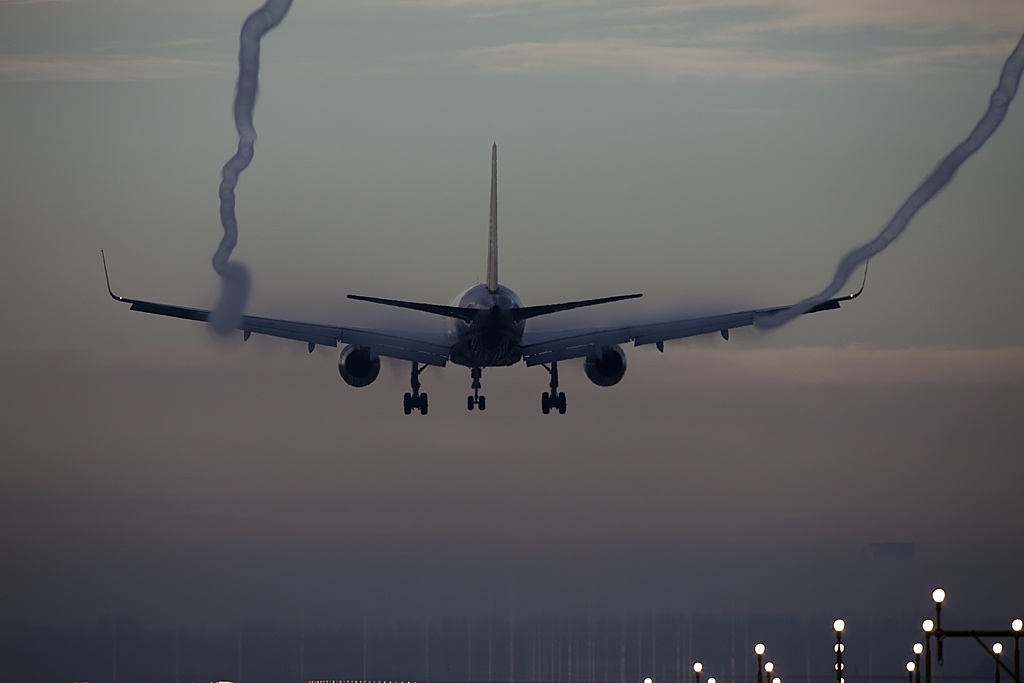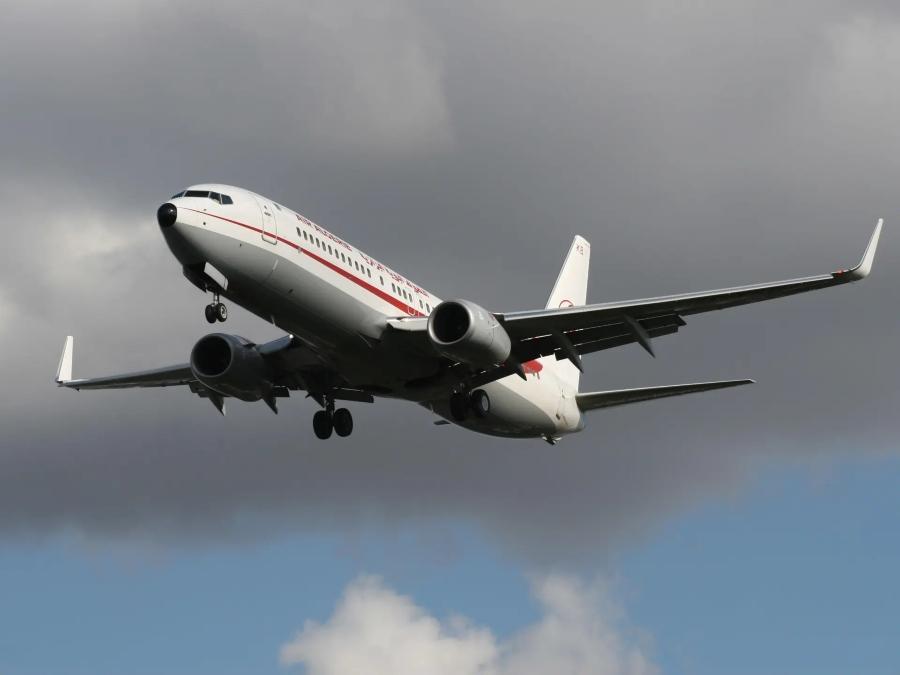Winglets play a vital role in diminishing wingtip vortices, which are twin vortexes resembling tornados that emerge due to the pressure variance between an aircraft’s upper and lower wing surfaces. The higher pressure beneath the wing generates a natural airflow that progresses towards the wingtip and swirls upwards around it. Consequently, when the airflow around the wingtips disperses behind the aircraft, it forms a vortex. These vortexes are responsible for energy dissipation and have enough potency to even flip aircraft that inadvertently enter them.
Jets experience a significant performance enhancement through the utilization of winglets by mitigating drag, and this reduction could conceivably lead to a slightly increased cruising speed. Nonetheless, most operators capitalize on the drag reduction by reverting to the normal speed setting and retaining the fuel efficiency gains.
Various airlines incorporate winglets into their aircraft design. The Airbus A319 and A320 models are equipped with modest upper and lower winglets. On the other hand, the extended-range twin-engine A330 and the four-engine A340 boast conventional winglets, as do the Boeing 747-400s. Aviation Partners, a company located in Seattle, Washington, has devised a novel design termed the “blended” winglet. The Boeing Business Jet, stemming from the Boeing 737 lineage, is adorned with a pair of the corporation’s unmistakable eight-foot winglets, showcasing an elegant transformation from the main wing to these winglets.
The aspect ratio of a wing is the ratio between its span and its chord, which denotes the distance from the leading edge to the trailing edge. A U-2 aircraft boasts a high aspect ratio, whereas an F-104 possesses a lower one. A wing with a high aspect ratio delivers an extended range at a given cruising speed in comparison to a shorter, stubby wing due to the lesser proportional impact of energy lost to the wingtip vortex on the longer wing. Nonetheless, long wings are susceptible to flexing and necessitate reinforcement, resulting in added weight. Winglets emulate the impact of heightened aspect ratio without extending the wingspan. According to a rule of thumb, if the increase in wing-bending force is equivalent to that of a one-foot increase in span, a wing’s structure can accommodate a three-foot winglet, which yields the same gain as a two-foot span extension.
The aerodynamics encompassing winglets are intricate, necessitating a meticulous process of design and tailored testing for each individual aircraft. The inclination, representing the angular deviation of the winglet from the vertical axis, and the toe, indicative of the divergence angle of the winglet’s airfoils from the prevailing wind direction, determine both the magnitude and the alignment of the uplifting force engendered by the winglet itself. By configuring these angles to generate a subtly forward-pointing uplifting force, designers can induce an effect tantamount to thrust. This phenomenon mirrors the dynamics of a sailboat maneuvering against the wind, where the sail produces a comparable force while the keel propels the vessel forward, much like a compressed watermelon seed.

If winglets offer such remarkable benefits, why aren’t they a universal feature on all aircraft? This is due to the fact that winglets entail a tradeoff: for instance, in the case of the highly visible Boeing 777 aircraft designed for exceptionally long range, the wings became elongated to the extent that foldable wingtips were introduced to facilitate maneuvering in tight airport gates. Dave Akiyama, who oversees aerodynamics engineering in Boeing’s product development, emphasizes that the design of winglets can be intricate, as they tend to experience fluttering, among other challenges. He notes, “The kind of wingtip device you use doesn’t really matter – they’re all similar to wings in terms of complexity.” He adds, “The details are crucial. Extending the span is the simplest and least risky option.” Historically, winglets were more commonly retrofitted onto existing wings rather than being integrated from the outset, but this trend is now undergoing a shift. Unlike the decorative tailfins on cars, winglets indeed yield practical benefits.
George C. Larson undertook the esteemed position of editor for Air & Space magazine from 1985 to 2005. While presently in a state of aviation quiescence, he possesses a commercial pilot’s license encompassing instrument and multi-engine endorsements. Despite currently lacking a personal aircraft, he boasts a history of ownership and operation of a Grumman American AA-5B Tiger and a Mooney 201. Since his inauguration into the staff of Flying Magazine back in 1972, he has been making valuable contributions to the realm of aviation-related literature.


